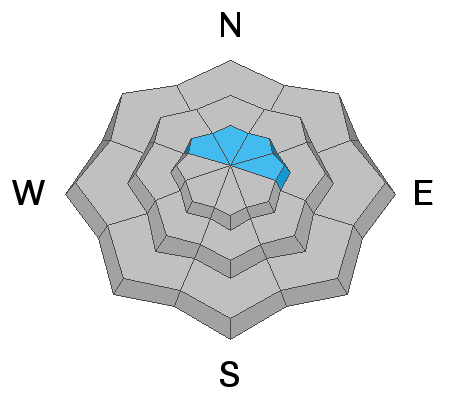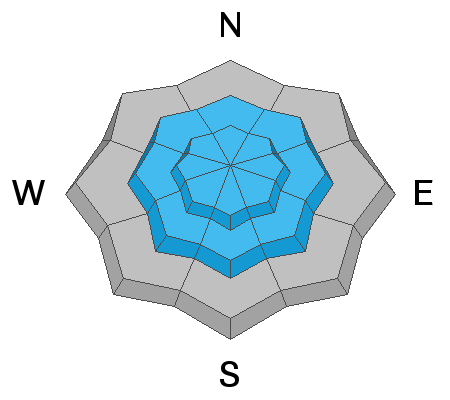Forecast for the Ogden Area Mountains

Issued by Trent Meisenheimer on
Sunday morning, December 1, 2019
Sunday morning, December 1, 2019
The avalanche danger is CONSIDERABLE on upper elevations facing northwest through east where avalanches may fail on a weak layer of snow down at the ground. The avalanche danger is MODERATE on all mid and upper elevation aspects that DO NOT have old snow for triggering wind drifted snow avalanches. At low elevations the Danger is LOW.

Low
Moderate
Considerable
High
Extreme
Learn how to read the forecast here








